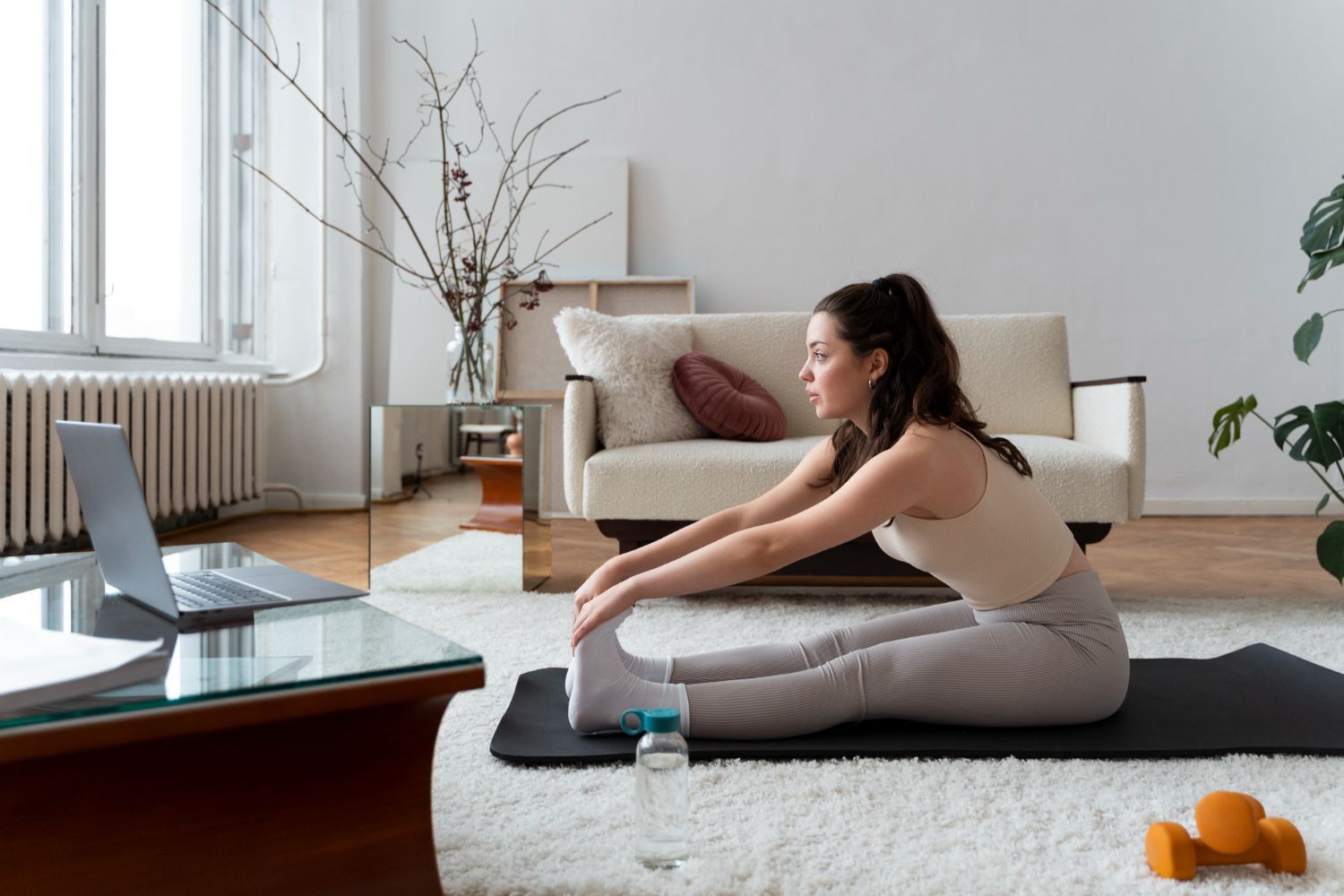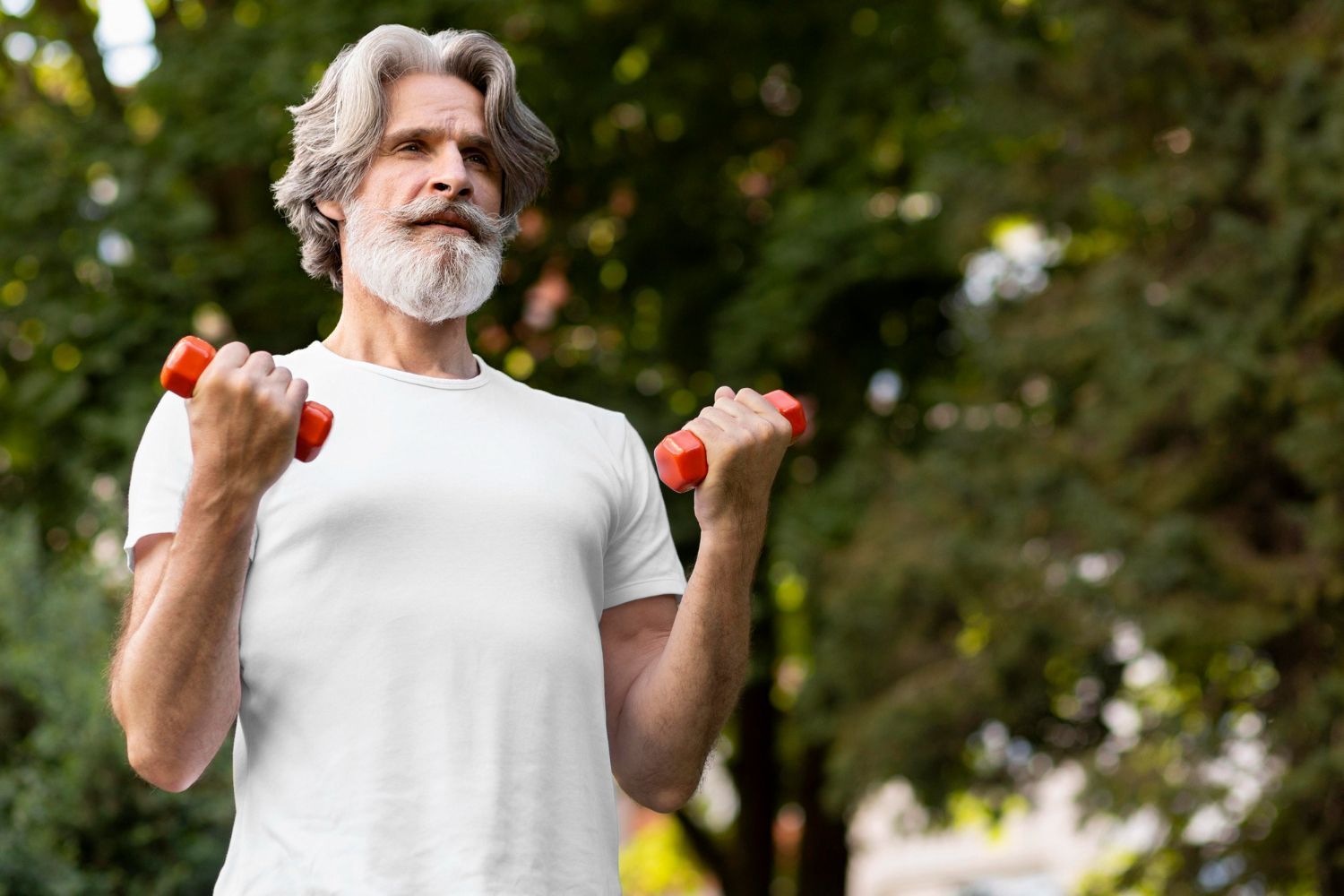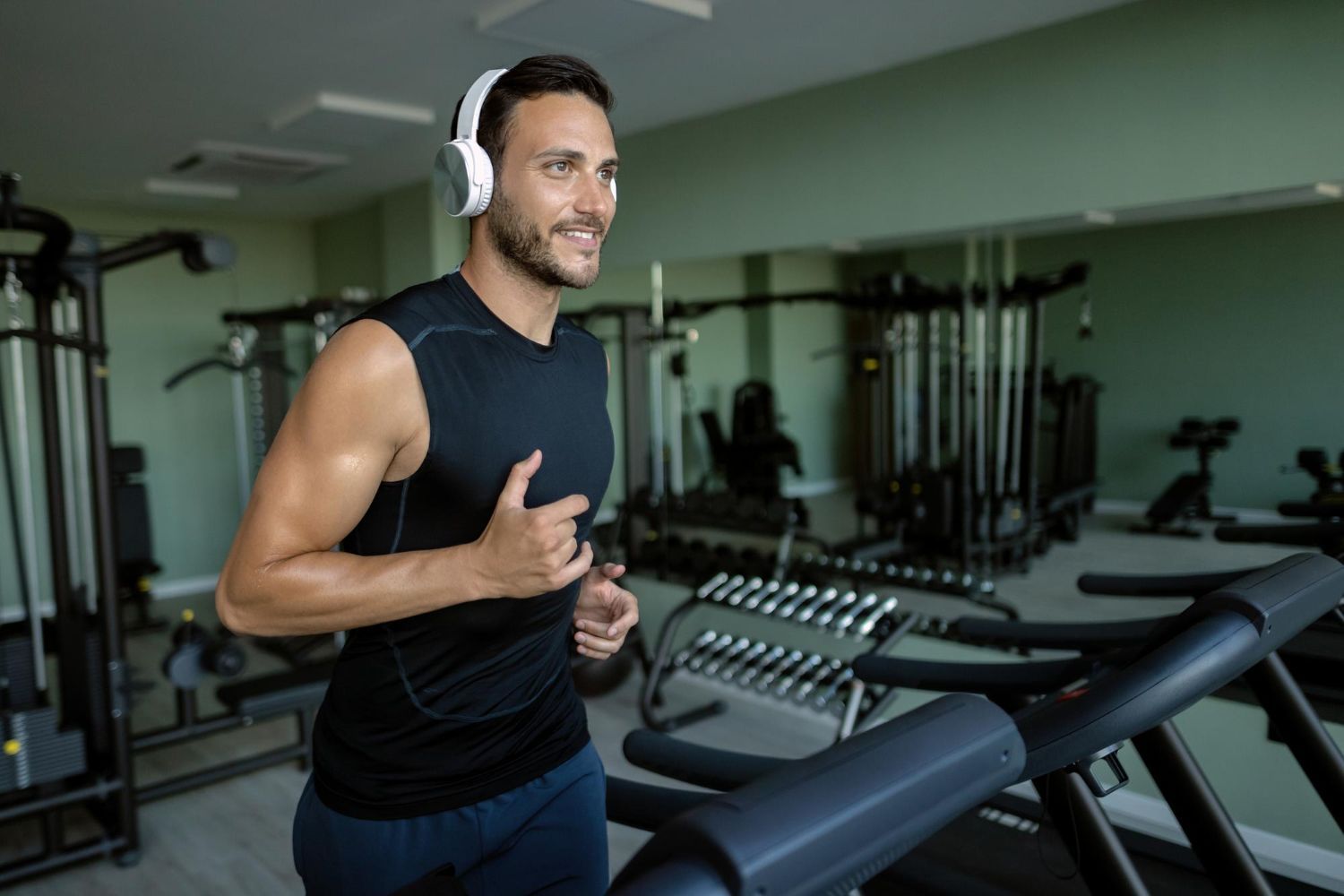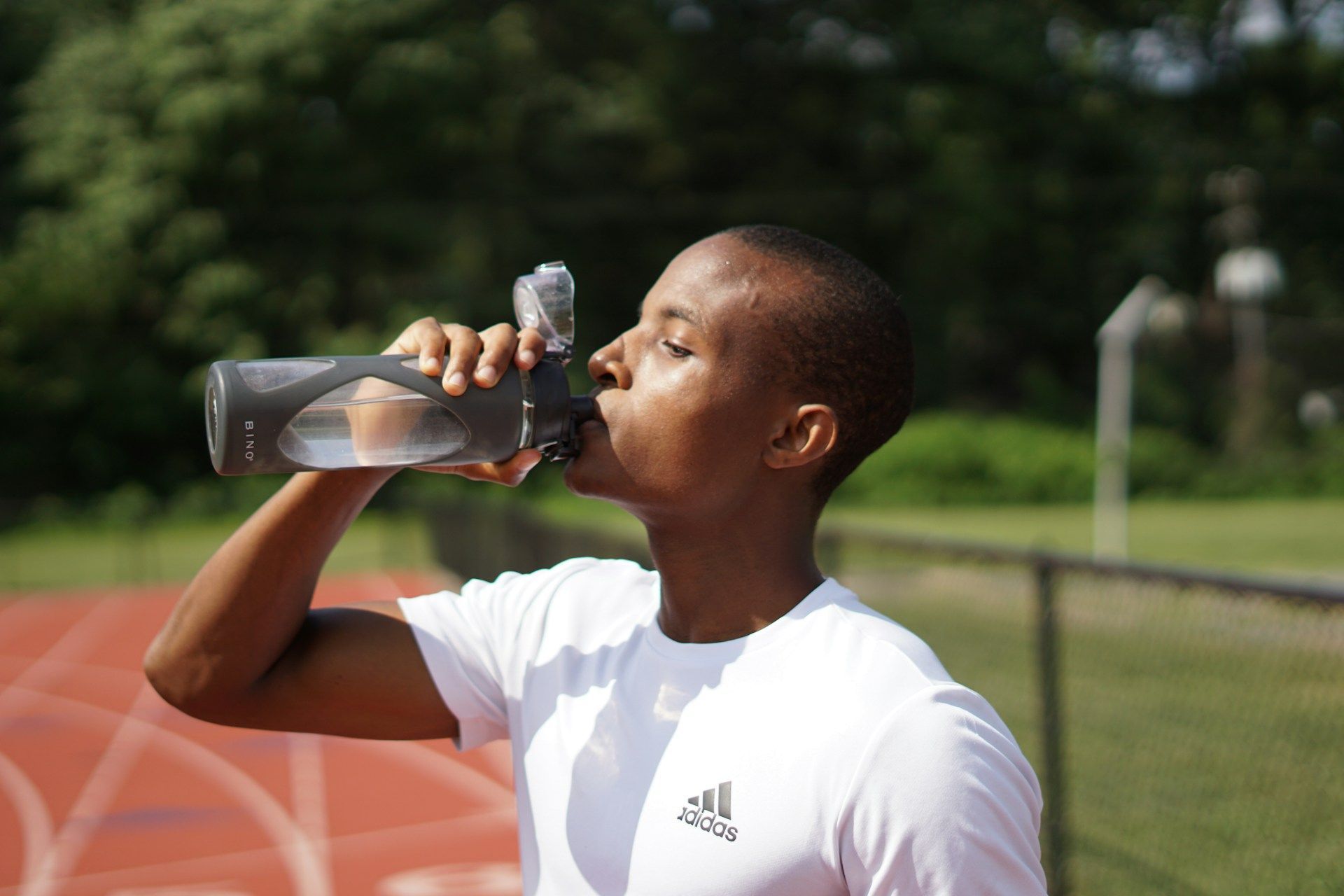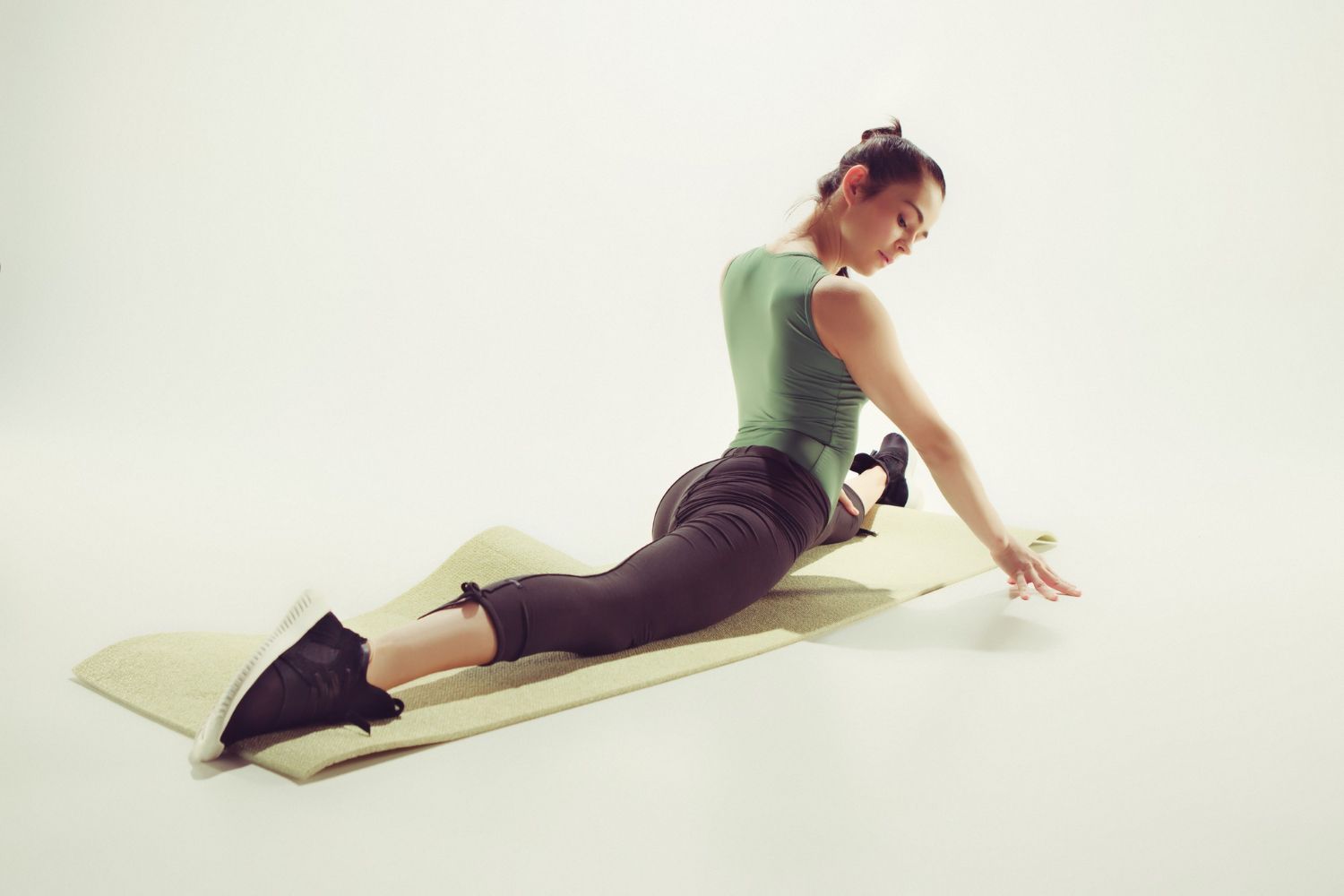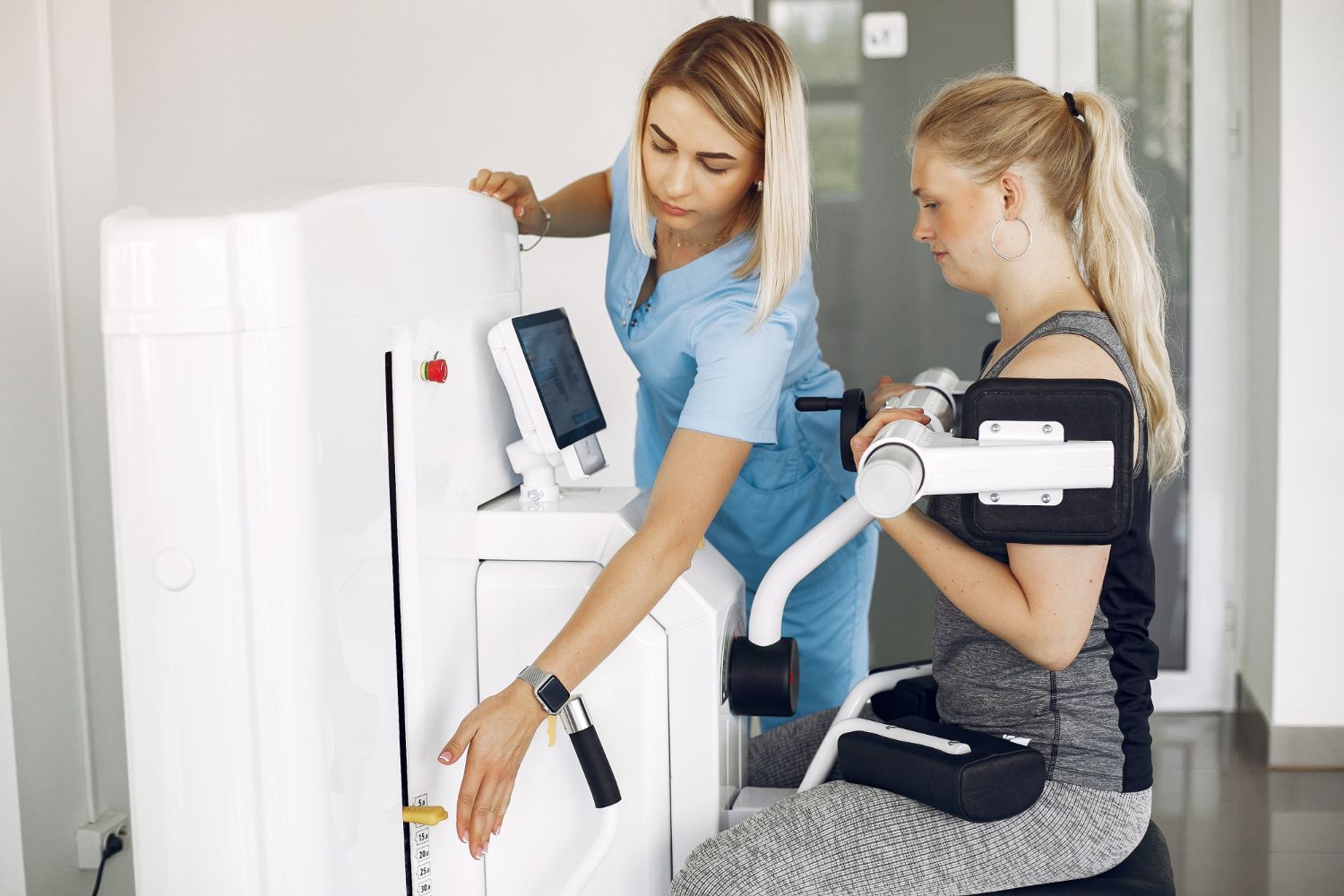Enhance Your Fitness Journey With Flexibility Training at Live Oak Fitness
Flexibility is often overlooked when it comes to fitness training, but its benefits should not be underestimated. At Live Oak Fitness, we understand that incorporating flexibility training into your fitness routine is crucial for achieving a well-rounded approach to overall health and wellness. Our expert trainers on St. Simons Island and in Decatur, GA, prioritize flexibility training as an essential component of a comprehensive fitness program.
When we think about flexibility, we often imagine yogis contorting themselves into various poses. However, flexibility is more than just the ability to bend and stretch easily; it involves the range of motion in our joints, the elasticity of our muscles, and the mobility of our connective tissues. By incorporating flexibility training into our fitness regimen, we can move more efficiently, enhance athletic performance, and reduce the risk of injury.
Today, we’re going to delve into the types of flexibility training and more to help you get the most benefits from flexibility training and being flexible in general!
Types of Flexibility Training
To develop a well-rounded fitness routine that incorporates flexibility training, it's important to understand the different types of stretching techniques that are available. Combining various methods can help target different muscle groups and achieve enhanced overall flexibility.
1. Static Stretching
Static stretching involves holding a stretch for an extended period, typically between 15-60 seconds. This form of stretching is most effective when the muscles are warm, making it an excellent choice for post-workout cooldowns.
2. Dynamic Stretching
Dynamic stretching involves performing controlled movements that take your joints through their full range of motion. Leg swings, arm circles, and walking lunges are all examples of dynamic stretches, which are best done during your warm-up to prepare your body for exercise.
3. Passive Stretching
Passive stretching involves using an external force, such as a strap or another person, to help you move deeper into a stretch. This technique can be beneficial when you're looking to increase your flexibility in a specific muscle group and is often paired with static stretching.
4. Proprioceptive Neuromuscular Facilitation (PNF)
PNF stretching combines passive stretching with isometric contractions to encourage deeper stretches and improve overall flexibility. This advanced technique is best done with the guidance of a trained professional, such as our trainers at Live Oak Fitness.
Benefits of Flexibility Training for Overall Fitness
Flexibility training offers numerous advantages that contribute to a more balanced and effective fitness routine, including:
1. Improved Athletic Performance
Greater flexibility allows for a wider range of motion, leading to enhanced athletic performance in various sports and activities. By stretching regularly, you can achieve more efficient movement patterns, allowing you to maximize your workout results.
2. Reduced Risk of Injury
Increasing your flexibility can help to reduce the risk of injury. By improving joint mobility and muscle elasticity, you can prevent strains, sprains, and other injuries commonly associated with tight, inflexible muscles.
3. Better Posture and Alignment
Flexibility training can aid in correcting muscle imbalances, which can help improve your overall posture and alignment. A more balanced body means less wear and tear on your joints, reducing the risk of chronic pain and discomfort.
4. Increased Mobility and Independence
As we age, maintaining flexibility becomes even more critical. Incorporating regular flexibility training into your fitness routine helps to preserve your range of motion, allowing for increased mobility and independence as you grow older.
Flexibility Training for Specific Goals
Depending on your specific fitness goals, flexibility training can play a vital role in your overall success:
1. Weight Loss and Flexibility
For those focused on weight loss, flexibility training can support your fitness journey by enhancing movement efficiency and reducing the risk of injury, allowing for more consistent and effective workouts.
2. Strength Training and Flexibility
Incorporating flexibility training into a strength-focused routine can help to ensure that you’re achieving full range of motion during resistance exercises, leading to better overall muscle development.
3. Performance Enhancement in Sports
For athletes and sports enthusiasts, increased flexibility can improve performance in various sports, from the golf swing to the basketball court. A flexible body is more agile, powerful, and less prone to injury during competition.
Incorporating Flexibility Training Into Your Fitness Routine
To successfully integrate flexibility training into your fitness routine, follow these guidelines:
1. Warm Up With Dynamic Stretching
Begin each workout with 5-10 minutes of dynamic stretching to adequately warm up your muscles and prepare your body for exercise.
2. Include Flexibility Training on Rest Days
Incorporate flexibility-focused workouts, such as yoga or Pilates, into your rest days to support your overall fitness progress.
3. Stretch Post-Workout
Spend 5-10 minutes performing static stretches after each workout to help with muscle recovery and maintain flexibility.
4. Seek Expert Guidance
Work with a skilled trainer, like the ones at Live Oak Fitness, to develop a personalized and targeted flexibility training plan that complements your overall fitness goals.
Conclusion
By incorporating flexibility training into your fitness routine, you can experience a multitude of benefits that enhance your overall health and well-being. Join us and let our experienced
fitness trainer in Brunswick, GA guide you on your journey to increased flexibility and improved overall fitness. Elevate your performance, prevent injury, and enjoy greater mobility by embracing the transformative power of flexibility training.

